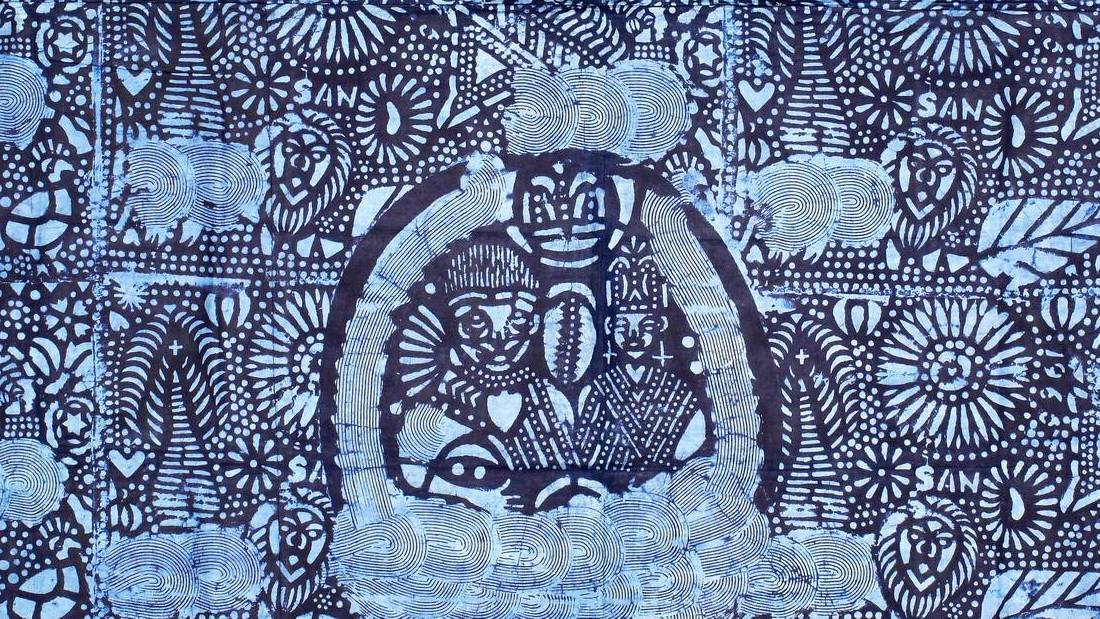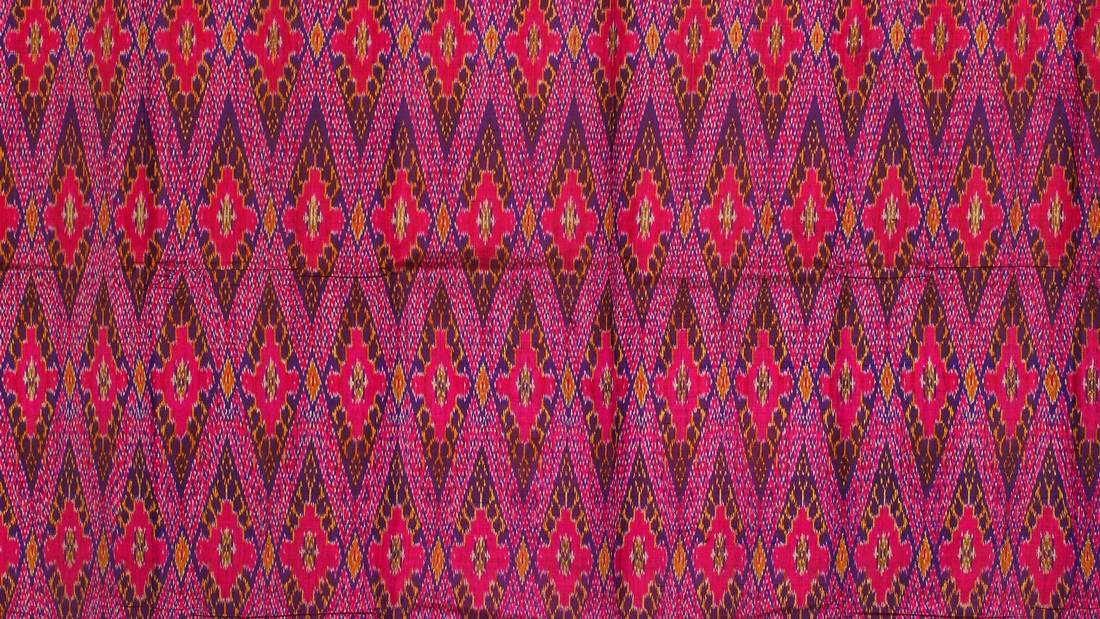Cut From A Different Cloth Vancouver’s Museum Of Anthropology’s New Textile Exhibition Unfolds Cultural Expression
By Laura Goldstein
Dressed to kill. Wear your heart on your sleeve. In your birthday suit. She’s a shoe-in. He’d give the shirt off his back. Shrouded in secrecy. These clothing idioms date back hundreds of years and yet most are still part of our contemporary English parlance.
Perhaps their endurance relates to the fact that since the beginning of time, “from birth to death, people are wrapped in cloth,” explains Dr. Jennifer Kramer, Curator of Layers of Influence: Unfolding Cloth Across Cultures, a new immersive exhibition at the Museum of Anthropology (MOA), UBC, Vancouver continuing until April 9th, 2017.

“We wear clothing for warmth or protection from the sun, but also as an expression of political power, social prestige, pride in identity, and spiritual protection,” Kramer continues.
Layers of Influence: Unfolding Cloth Across Cultures showcases more than 134 handmade and coveted textiles from around the globe and is the largest collection in Western Canada drawn from a vast treasury, 90 years in the making. “We narrowed it down from 6,000 pieces,” laughs Kramer, “and we even have the earliest donation – bark cloth from the Solomon Islands circa 1909 made to UBC from Vancouverite, Frank Burnett in 1924.”
Conceptualized and designed by Skooker Broome, MOA’s Audain Gallery has been transformed into a vibrant oasis of shimmering saris, exquisite Japanese kimonos and African wedding blankets suspended from the ceiling and wall rails. Great swaths of delicate and ornate cloths envelope visitors from six petal-like platforms. “I didn’t want a traditional exhibition with textiles flat up against a wall or under glass,” an effusive Kramer elaborates. As air flows through the exhibition, garments sway slightly, conjuring musings about the people who might have worn them and in some cases, still do.

Grouped by geographical area, the textiles are arranged to facilitate an up-close examination of the intricate, sophisticated, time-intensive workmanship involved in each piece, coupled with the creative use of dozens of different materials – from silk, alpaca wool, flax fiber, shells, mulberry bark – even kiwi feathers.
They include vivid indigo blue hand-dyed batiks from Bali; appliqued shell button blankets from BC’s Northwest Coast to the intricate geometric patterns of the Shipibo in Peru. The latter interpreted designs as cosmic serpents created only by female painters for shamanic ceremonies. The geometric flow of the patterning is considered “visual music” and used to make women’s skirts.
“We were thrilled to receive four exquisitely embroidered robes from Tibet from the Yap Shi-Yuthok family in Vancouver who are actually descended from the 10th Dalai Lama,” says Kramer.

“The blue Chinese Imperial Dragon Robe from the Qing (Manchou) Dynasty of the early 19th century, was woven on silk brocade with gold-wrapped threads. It’s slit in the front enabling royalty in Mongolia to ride horses more comfortably and the wide sleeves to conceal their swords. The five-clawed dragon is emblematic of the Emperor. Buddhist images of a bat for prosperity and good luck rise above mushroom-like clouds near the hem and are a sign of eternal youth. I’m convinced that the collection’s colourful abundance, exquisite embroidery, and luxurious materials will leave visitors with a deeper understanding of clothing’s role in self-expression and in awe of human creativity.”
Contemplating the Layers of Influence, it’s amazing how modern and contemporary the textiles look and how easily they would be au courant in today’s current fashion trend of mixing patterns and textures. I wasn’t the only one to notice.

Prior to the Exhibition opening, French designer, Christian Louboutin (he of the red-soled shoes,) who happened to be in Vancouver as the exhibition was being installed, popped into MOA for a behind-the-scenes tour. “Louboutin knew about MOA and had always wanted to visit. He’s a great collector of indigenous textiles and artifacts and he told me that his shoe collections are often inspired not only by those fabrics but by the techniques used to create them,” relates Karen Duffek, Curator of Contemporary Visual Arts & Pacific Northwest at MOA, who took Louboutin on a personal tour.
Can we expect a MOA Collection of stilettos in the future?
“He didn’t commit, says Duffek but was particularly excited about the Tibetan and Chinese robes and drawn to the Peruvian textiles and said he would try to come back during the exhibition’s run.”
TOP PHOTO: Tribal Tunics from Pakistan and intricately embroidered Muslim and Punjabi wedding shawls.Photo: Kyla Bailey
